Wassily Kandinsky’s Circle Exploration
- Yasmeen Kamrani Sallam

- Sep 10
- 2 min read
Updated: Sep 11
Wassily Kandinsky, a Russian painter & art theorist, is often called the pioneer of abstract art. Instead of painting objects to look realistic, he used color and form to express emotion. Kandinsky believed that each color carried its own language and soul, & that shapes—especially circles—could represent balance, harmony, & even spiritual connection. To him, the circle was the most direct path to equilibrium & deeper understanding.
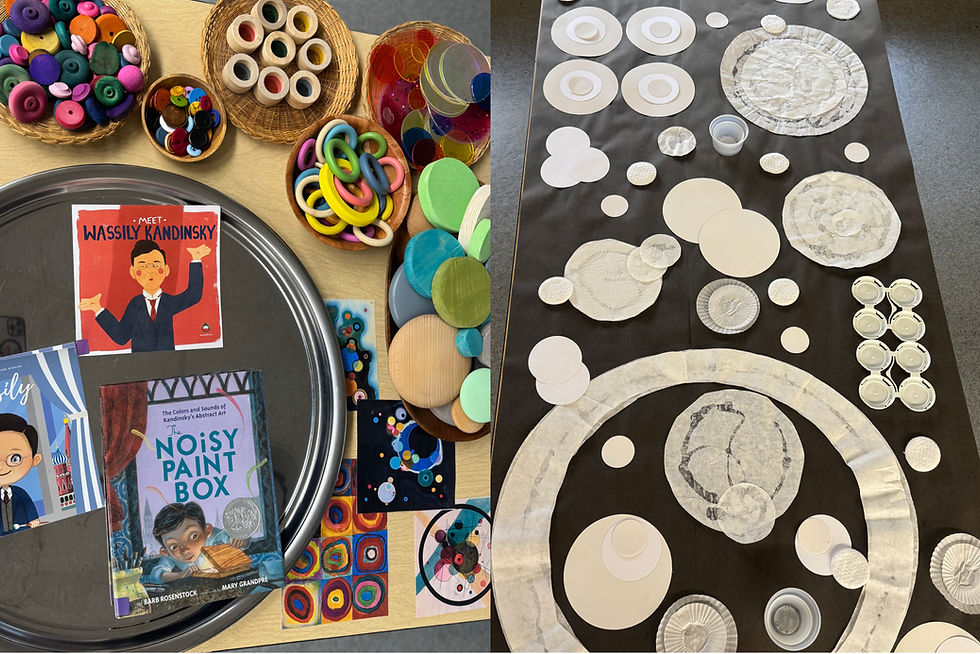
To bring Kandinsky’s vision to life, we read these books( Meet Wassily Kandinksy, Wassily, The Noisy Paint Box) & the children explored some of his most famous works, including Circles in a Circle(1923), Several Circles (1926), Deepened Impulse (1928), and Color Study: Squares with Concentric Circles (1913). Inspired by his art, we set up 2 creative invitations for the children to explore circles through both collaboration & play:
1. Mixed Media Collaborative Circle Art: At the table, we placed black butcher paper as the canvas & provided a variety of pre-cut & recycled circles, poster paper, baking cups, texas snow flake filters, & paper towels. With pipettes & Colorations® Liquid Watercolors, the children dripped & blended vibrant colors, working side by side to create a collaborative masterpiece full of layered circles.

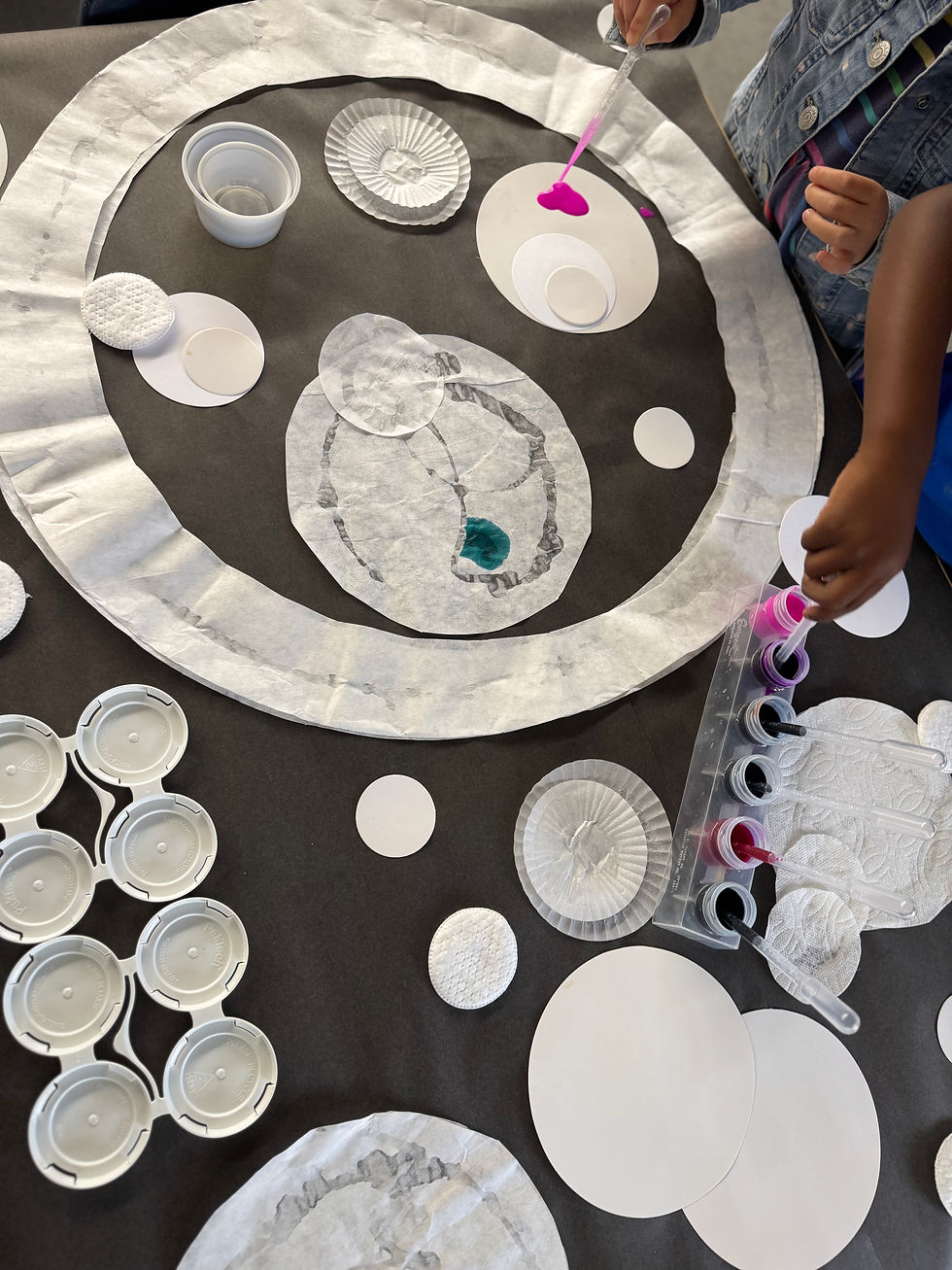
2. Loose Parts Circle Exploration: On our mirrored magnetic sensory circle, children were invited to design freely with circular loose parts. Materials included acrylic circles, wooden hoops, stacking pebbles (natural, blue), Grappat pieces, sensory geometric shapes, & natural scene blocks (earth,ice) . This open-ended invitation encouraged creativity, spatial awareness, & design thinking as the children arranged, balanced, & reimagined circles in countless ways.
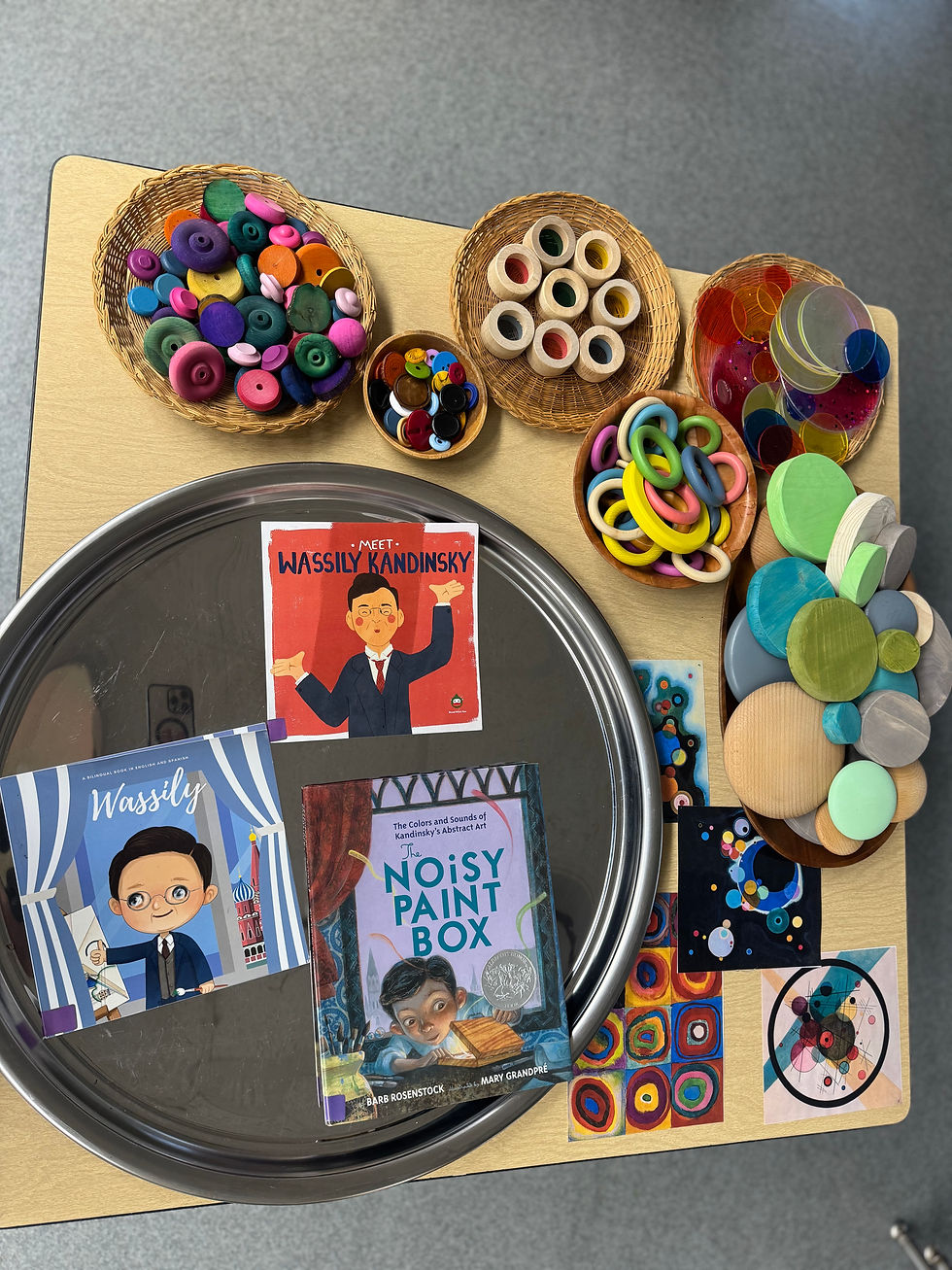
Through these explorations, the children not only learned about Kandinsky’s art but also experienced the joy of creative self-expression, collaboration, & problem-solving. By engaging with circles in so many forms, they discovered how art can be both playful & deeply meaningful—just as Kandinsky believed.

Here are other ways to explore the artist: Wassily Inspired Bouquets & 3 Ways to Wassily







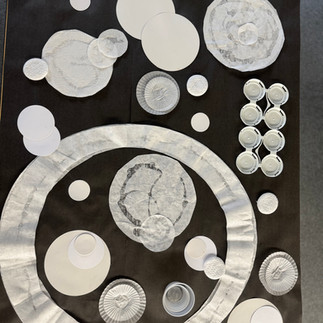

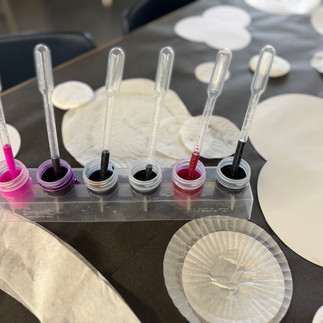











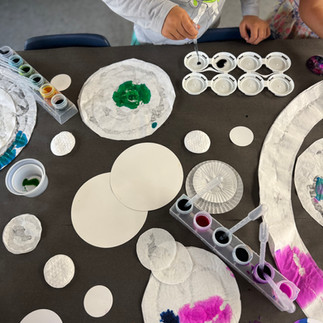



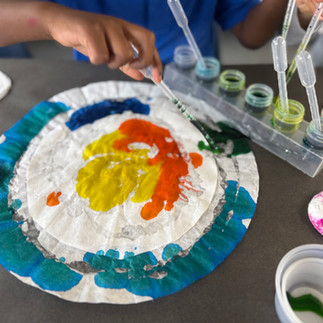


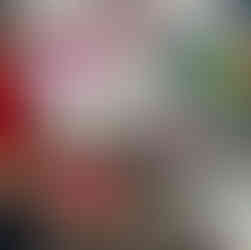







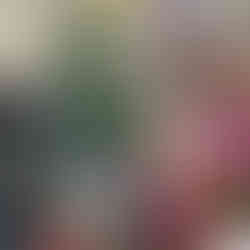











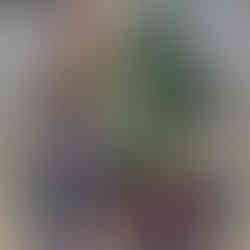








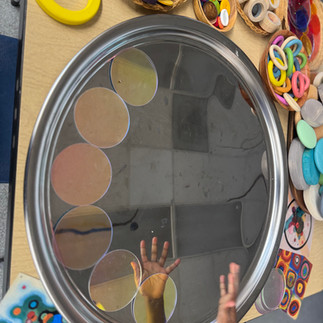
















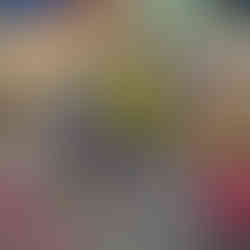















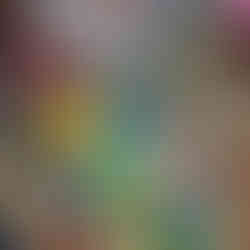


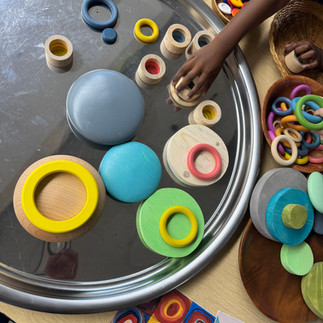






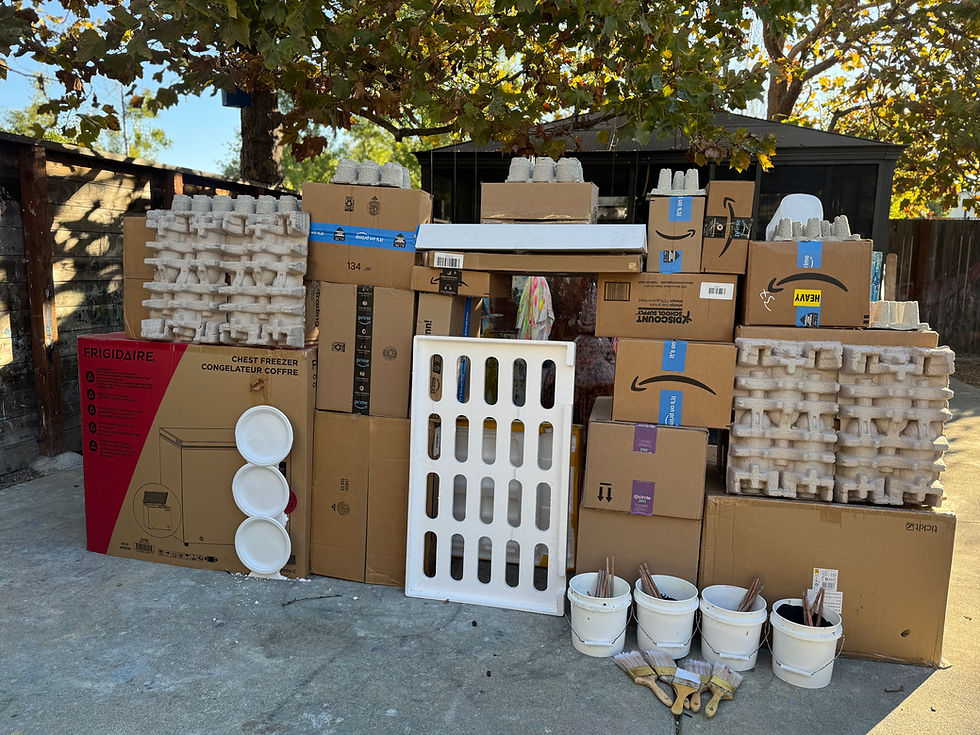
Comments